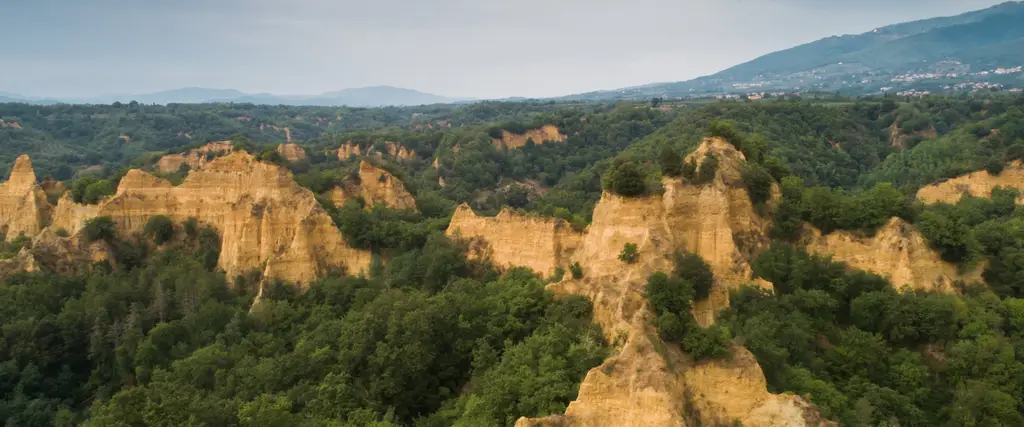Piazza Potente, with its beautiful 16th-century loggias, is located in the historical centre of Reggello.
This is where 'Rigellus' was built, near the Resco torrent where three streets met: the Cassia and two trails from the via Casentinese, creating a road junction and a passing place that soon became the setting for a regular market, that led to the development of the town. In the 16th century, there was a hospital dedicated to San Lorenzo in the square and nearby there was an industrial area with mills, tanneries, and a blacksmith's shop (the current via dei Mulini and I Monechi).
Next to the Piazza is the Palazzo Comunale, whose loggia houses coats of arms once belonged to the podestà (i.e.high-ranking magistrates), and the church of San Jacopo, built in the late 16th century and transformed in the 18th century. Inside, 17th-century artworks and an 18th-century pipe organ.


